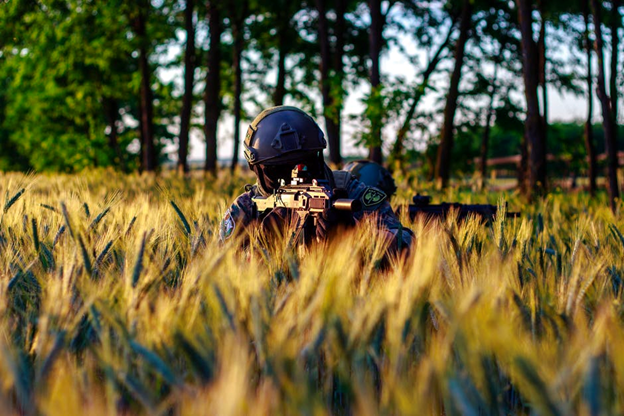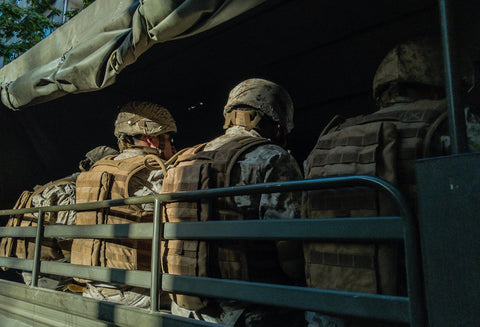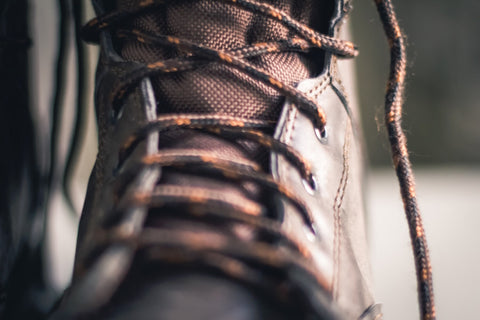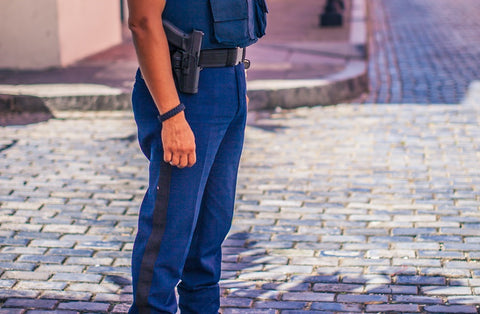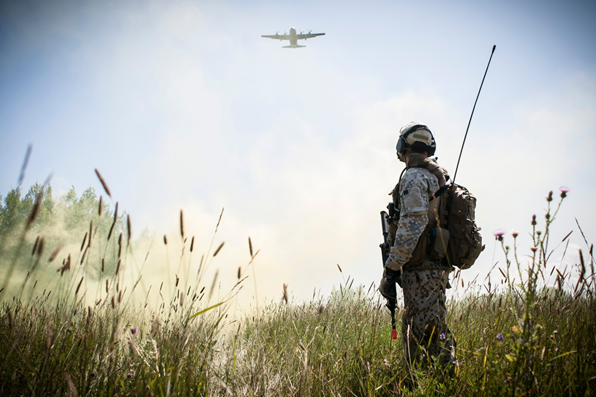NIJ Standards (Meets or Certified) Just the Facts Does my vest Meet NIJ Standards?
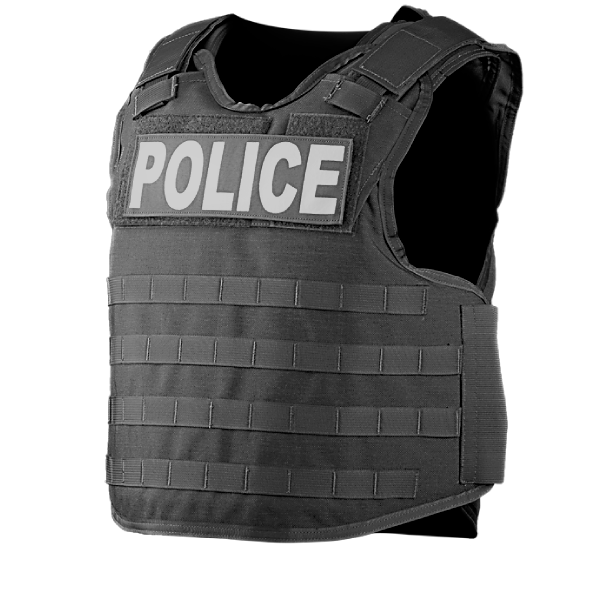
Is my Vest Compliant? Is My Vest Certified?
What is the Reality today regarding vests? Firearms are one of the most dangerous threats to law enforcement officers today; which they will face in the line of duty. In the past (30 Years) three decades, ballistic-resistant soft body armor has saved more than 3,000 police officers lives. Body armor is probably the most critical safety equipment which any law enforcement and corrections officer has for personal protection.
The National Institute of justice; the NIJ establishes and updates minimum performance standards for armor it conducts testing against these 2 standards to ensure that body armor which is being sold complies with the standards, and sponsors research to improve body armor.
The NIJ's predecessor, the National Institute of Law Enforcement and Criminal Justice, debut and began developing lightweight body armor in 1971 and testing it in 1978. Today, Police body armor is one of the best-known products resulting from NIJ-funded research.
Now even though these are in theory USA NIJ standards they should be respected in all markets which they are not. The reality is in Canada many claims are made of (Meets NIJ Standards) however they are Not Approved NIJ which now plays to the reality do we start mandating the NIJ .06 as a new protocol or do we allow manufactures and government budgets to make those call?
Clarifying the point regarding Meets and Certified
Only a few companies are actually Certified by the NIJ you can see a list at the following link. Most fabricators meet NIJ standards testing the vests third party or in house following the NIJ standards.
The question also often comes up is my vest stab proof? Unless your vests states that the vest is Spike Level Certified then it is not. Spike levels work on a 1-2-3 rating, Spike Level 3 being the most resistant.
Here are the different Types of Body Armor
| Armor Level | Protection |
|---|---|
| Type I | This armor would protect against
It is no longer part of the standard. |
| Type IIA | New armor protects against:
Conditioned(or 'used') armor protects against
It also provides protection against the threats mentioned in [Type I]. |
| Type II | New armor protects against
Conditioned armor protects against
It also provides protection against the threats mentioned in [Types I and IIA]. |
| Type IIIA | New armor protects against
Conditioned armor protects against
It also provides protection against most handgun threats, as well as the threats mentioned in [Types I, IIA, and II]. |
| Type III | Conditioned armor protects against
It also provides protection against the threats mentioned in [Types I, IIA, II, and IIIA]. |
Type IV
|
Conditioned armor protects against
It also provides at least single hit protection against the threats mentioned in [Types I, IIA, II, IIIA, and III].
|
Learn more about current NIJ and non NIJ products:
http://www.kdhdefensesystems.com/
https://en.wikipedia.org/wiki/National_Institute_of_Justice


